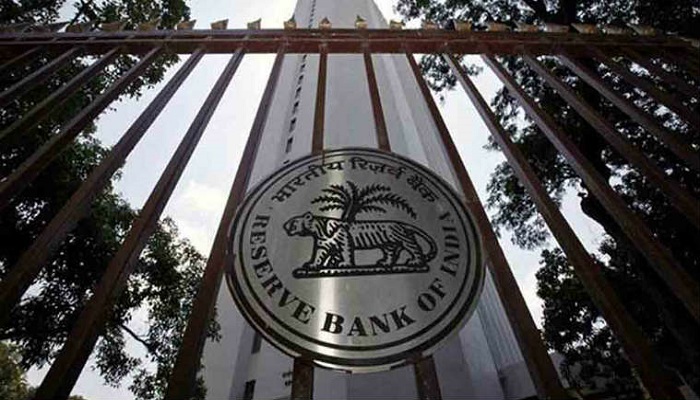
The Reserve Bank of India (RBI) is moving to resolve the bad loan crisis with an Internal Advisory Committee (IAC) of the RBI having identified 12 accounts of corporate borrowers who owe over Rs 5,000 crore each and overall involve an amount of close to Rs 175,000 crore for insolvency proceedings under the newly enacted Insolvency and Bankruptcy Code 2016 (IBC).
The RBI committee has recommended for IBC reference all accounts with fund and non-fund based outstanding amounts in excess of Rs 5,000 crore, with 60 percent or more (Rs 3,000 crore or more) classified as non-performing by banks as on March 31, 2016.
“The IAC noted that under the recommended criterion, 12 accounts adding up to about 25 percent of the current gross NPAs of the banking system would qualify for immediate reference under IBC,” the RBI said on Tuesday.
However, the central bank did not reveal the names of these 12 defaulters. The RBI list came a day after Union Finance Minister Arun Jaitley reviewed the performance of state-owned banks in New Delhi on Monday.
With total NPAs or bad loans of banks now close to Rs 700,000 crore, the money of banks stuck in these 12 accounts is estimated to be around Rs 175,000 crore.
“The IAC also arrived at an objective, non-discretionary criterion for referring accounts for resolution under IBC,” the RBI said.
The RBI, based on the recommendations of the IAC, will issue directions to banks to file for insolvency proceedings under the IBC in respect of the identified accounts. Such cases will be accorded priority by the National Company Law Tribunal (NCLT). Once referred to the NCLT, the resolution of the case in terms of either a sell-off of assets or revival or winding up will have to be completed within 180 days.
The RBI is expected to release details of the resolution framework in regard to the other non-performing accounts soon.
On June 12, the 12 accounts were identified by the IAC comprising mainly of the RBI’s independent board members. They considered accounts which were classified partly or wholly as non-performing from among the top 500 exposures in the banking system.
“As regards the other non-performing accounts which do not qualify under the above criteria, the IAC recommended that banks should finalise a resolution plan within six months. In cases where a viable resolution plan is not agreed upon within six months, banks should be required to file for insolvency proceedings under the IBC,” the RBI said.
The government had issued an ordinance last month by amending the Banking Regulation Act to empower RBI to recover ballooning NPAs. The amendment empowers the RBI to ask banks to initiate insolvency resolution proceedings for bankruptcy code cases and recover bad loans.
The RBI recently announced several steps, including the reconstitution of oversight committee (OC) and a bigger role for credit rating agencies to bring down NPAs. It also sought information on the current status of large stressed assets from banks. The oversight committee so far comprised of two members. It has been constituted by the Indian Banks Association in consultation with the RBI. It then decided to reconstitute the OC and enlarge it to include more members so that the OC can constitute requisite benches to deal with the volume of cases referred to it.
The RBI plans to expand the scope of cases to be referred to the OC beyond those under the Scheme for Sustainable Structuring of Stressed Assets (S4A) as required currently, it said.
According to the RBI, the current guidelines on restructuring are under examination for such modifications as may be necessary. In order to prevent rating-shopping or any conflict of interest, the RBI is exploring the feasibility of rating assignments being determined by the RBI itself and paid for from a fund to be created out of contribution from banks and the RBI.
The loan recovery exercise will require coordination with and cooperation from several stakeholders including banks, asset reconstruction companies, rating agencies and private equity firms

Post Your Comments